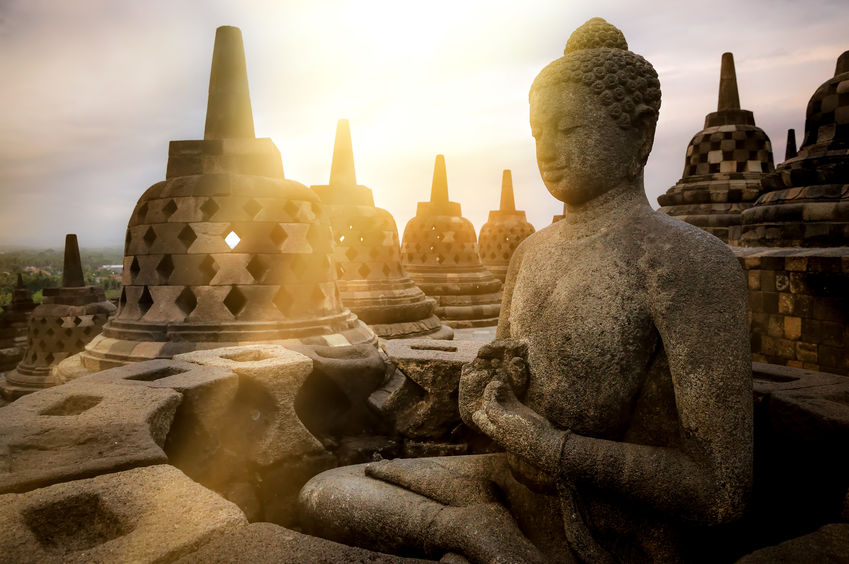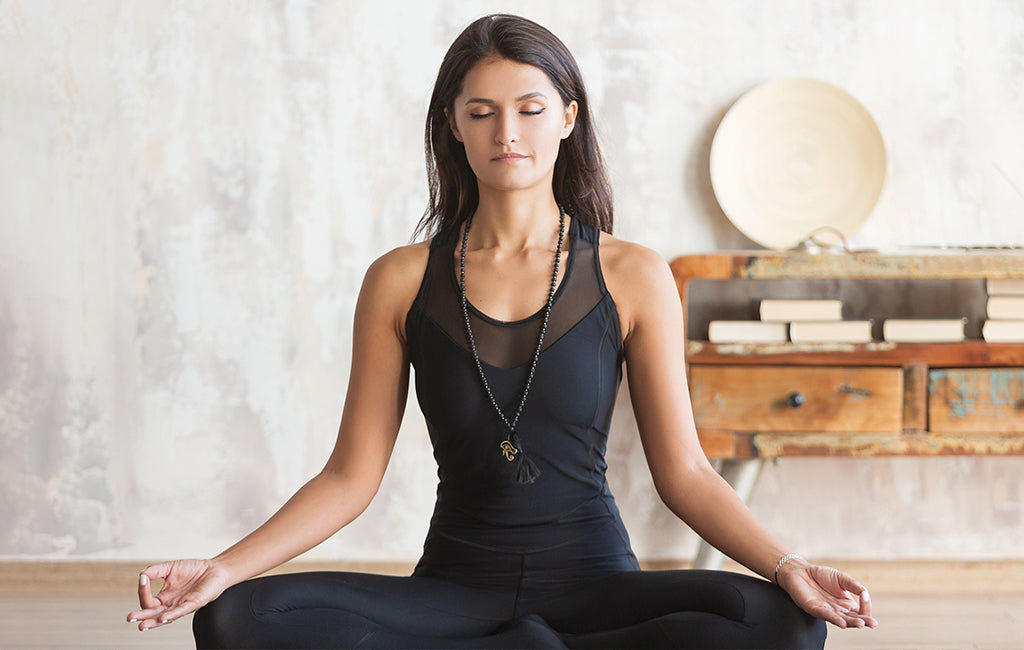Exactly How to Meditate: A Detailed Strategy to Achieving Mindfulness and Calmness
Reflection offers as a powerful device for attaining mindfulness and emotional tranquility in a fast-paced world. By recognizing the basic concepts and techniques involved in reflection, people can cultivate a technique that enhances their overall well-being.
Recognizing Meditation
Recognizing reflection entails comprehending its basic concepts and techniques, which offer as the foundation for the practice. At its core, meditation is a psychological workout targeted at promoting leisure, constructing inner energy, and creating concern and insight. The method motivates people to focus their attention, frequently through methods such as deep breathing, visualization, or mantra rep.
Meditation can be categorized right into various designs, including mindfulness, transcendental, and loving-kindness reflection, each with unique purposes and approaches. Mindfulness reflection emphasizes present-moment understanding and non-judgmental observation of ideas and feelings, while transcendental reflection includes making use of details mantras to go beyond normal mind. Loving-kindness meditation focuses on creating a mindset of love and concern in the direction of oneself and others.
Despite the technique utilized, the key objective stays regular: to cultivate a much deeper understanding of the mind and its patterns. This self-awareness promotes emotional durability, clarity of thought, and a profound sense of calm (How to meditate?). By recognizing these concepts and techniques, people lay the groundwork for a successful meditation practice that can considerably boost their total well-being
Planning For Your Technique
Before beginning your meditation technique, it is necessary to produce an environment for focus and leisure. Select a silent space where you are unlikely to be disrupted. This can be an edge of a room, a yard, or any type of place that evokes a feeling of peace. Ensure that the area is totally free and clean of mess, as a tidy environment can assist clear the mind.
Consider the lighting, as natural light can boost your mood and energy. Soft, warm illumination is often a lot more calming than extreme fluorescent lights. Additionally, pick a comfortable temperature level, ensuring that you are neither also hot neither also chilly.
Integrating aspects that promote serenity can further enhance your experience. This could consist of soft cushions or blankets for convenience, in addition to calming scents from necessary oils or incense. It can additionally be beneficial to have actually a timer set for your meditation session to avoid disturbances from clock-watching.
Basic Meditation Techniques

One more reliable strategy is body scan reflection. This entails mentally scanning your body from head to toe, discovering any areas of stress or pain and purposely kicking back those muscles. This technique fosters a deeper link in between your mind and body.

Last but not least, loving-kindness reflection concentrates on cultivating compassion in the direction of on your own and others. Silently repeat expressions of a good reputation, boosting emotional wellness and interconnectedness. Each of these methods functions as a foundation for your reflection trip, allowing you to locate the approach that resonates ideal with your individual practice.
Maintaining Emphasis and Mindfulness

Establishing a devoted meditation area can boost the capability to keep mindfulness. A peaceful, clean atmosphere minimizes interruptions, enabling deeper immersion in the technique. Furthermore, setting a time restriction can help manage assumptions; beginning with much shorter sessions may ease the shift right into longer methods.
Utilizing methods such as body scanning or observing sensations can likewise reinforce mindfulness. These approaches encourage experts to stay present and engaged anchor with their physicality, anchoring their interest in the moment. Regular practice is essential; the brain develops resilience with time, producing a more powerful capacity for emphasis.
Incorporating Reflection Into Day-to-day Live
Incorporating meditation right into life can transform regular tasks into possibilities for mindfulness and self-reflection. By integrating mindfulness practices into usual tasks, individuals can grow a better feeling of visibility and serenity amidst the busyness of daily life.
Begin by recognizing minutes throughout your day where you can exercise and pause mindfulness. During your early morning commute, focus on your breath or the sensations of the environment around you. In the kitchen area, approach cooking as an introspective practice, savoring the textures, shades, and aromas of the components. Also ordinary activities like washing dishes or strolling can become possibilities for reflection by guiding your interest to the sensations of motion and the sounds bordering you.
In addition, alloting specialized times for reflection can enhance its method. Beginning with brief sessions, progressively boosting duration as you come to be much more comfortable. Usage tips or signs-- like a particular time of day or a relaxing audio-- to develop consistency.
Inevitably, the objective is to weave mindfulness right into the textile of every day life, enabling you to come close to each moment with objective, therefore boosting your overall sense of well-being and clarity.
Final Thought
In conclusion, effective reflection calls for a silent setting, a comfy placement, and a focus on the breath. Normal meditation, also in short sessions, promotes a deeper link to the existing minute, eventually leading to better calmness and psychological quality in day-to-day life.
Meditation can be classified right into different designs, including mindfulness, transcendental, and loving-kindness reflection, each with unique objectives and techniques. Mindfulness meditation emphasizes present-moment recognition and non-judgmental monitoring of sensations and ideas, while transcendental reflection involves the use this of particular mantras to go beyond regular idea processes.With your meditation space prepared, it's time to check out numerous fundamental reflection methods that can aid grow mindfulness and inner tranquility.Regularly preserving focus and mindfulness during reflection can be tough, particularly for those brand-new to the method.Developing a specialized reflection room can enhance the capability to keep mindfulness.